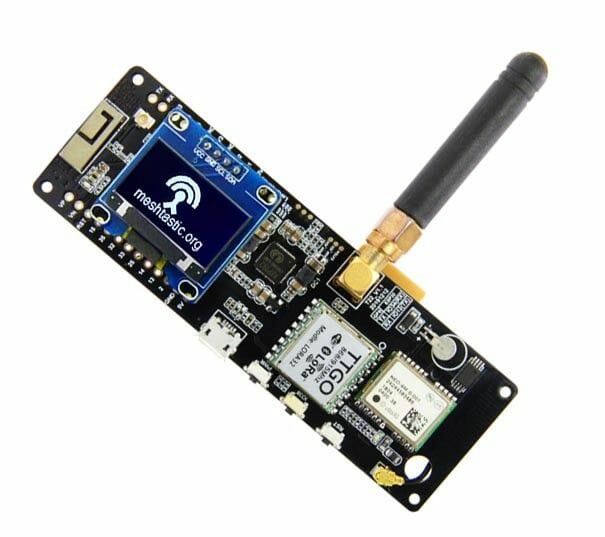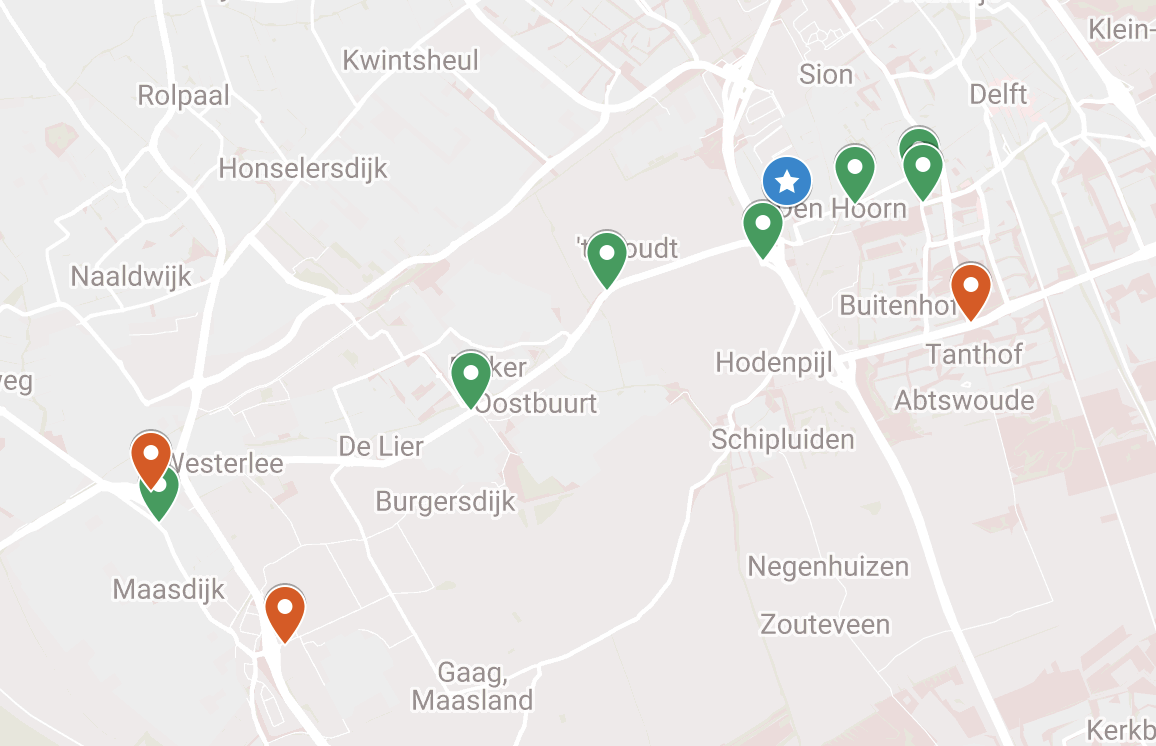
We shoved an antenna – literally – up a chimney, and then field-tested Meshtastic, a LoRa & ESP32 based off-the-grid mesh messaging. Guess what range we got!
Meet the Doomsday Device
I once read the novel CyberStorm by Matthew Mather, in which one of the protagonists saves the day by building an off-the-grid mesh app for mobile phones. This triggered me to host a "Doomsday Prepping for Nerds" workshop, exploring the current state of off-the-grid communication solutions.
The most promising solutions seemed to be those based on LoRa transceivers to build a mesh network. We decided to buy a couple of these (LilyGO TTGO T-Beam) devices. Ever since that moment, gossip about mythical "Doomsday Devices" is buzzing around the offices.

Meshtastic
There are a couple of projects that use LoRa transceivers to build a mesh network for messaging (ClusterDuck, disaster.radio, Meshtastic). We selected Meshtastic to try building a Xebia-spanning network. We made this choice because Meshtastic does not rely on Internet connectivity and because the project has an active community. (A man with a Swiss accent has made a nice Meshtastic introduction video.)
Experiment Setup
On YouTube (~200km) and fora (~100km) we can find attempts of finding the maximum range of LoRa, but what can we realistically expect when using Meshtastic in an urban environment?
As a "base station" a TTGO T-Beam running Meshtastic was connected to a 40cm 3dBi gain outdoor-rated LoRa antenna which was shoved – literally – up a chimney (~9m above ground level).
A second TTGO T-Beam with its default tiny 1/4λ whip antenna was hung outside the car window in a zip-lock bag/placed on the roof.

Testing Strategy
Now, we just drove about and, on random parking spots, the connectivity was tested:
- A message was sent as a direct message to the base station. (Direct messages are not relayed by other devices!)
- If the base station receives the message, it sends an acknowledgement.
- The acknowledgement includes the signal strength (SNR) at which the message was received by the base station.
- If the acknowledgement was received, we know we have two-way communication and we know the SNR.
Results
On the following map, we have plotted the base station (blue) and all the test results (green (success)/red (failure)).

The locations on the east of the base station have been tested with the device in a zip-lock back on the outside the car window. This setup does not give good results, it turns out the tiny antenna needs a ground plane for proper performance.
By placing the device on the car roof, the car provides the ground plane and we get much better results. So all tests west of the base station have been conducted with the device placed on the car roof.
We managed to have two-way communication at a distance of 8.5km from a somewhat elevated location (a Levee) with an SNR of -16.25 dB. This is where we called it a day, certainly the actual range is bigger… To be continued!




